Table of Contents
Introduction to Chili Pepper Heat
Chili peppers get their distinctive heat from capsaicin, a natural compound primarily found in the seeds and white membranes. This comprehensive guide explains everything you need to know about chili spice: how it works, different types with Scoville scale ratings, and practical tips for using it in cooking. Whether you're a beginner or experienced cook, understanding chili heat will help you create perfectly balanced dishes.
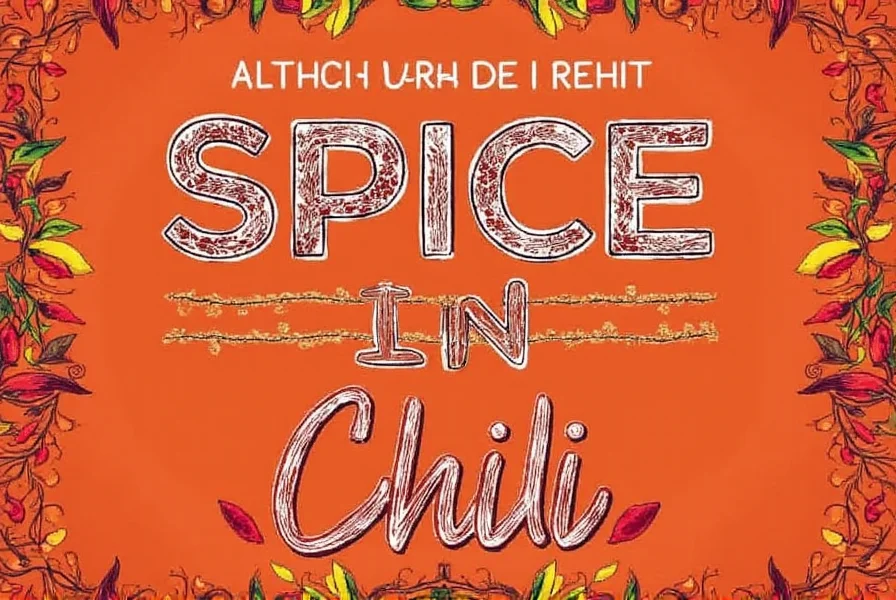
What Is Capsaicin?
Capsaicin is the active compound responsible for the burning sensation in chili peppers. It triggers TRPV1 receptors in your mouth, which your brain interprets as heat. Contrary to common belief, this sensation isn't actual tissue damage but a neurological response. Capsaicin concentration varies significantly across pepper varieties, measured on the Scoville Heat Scale (SHU). For example, bell peppers have 0 SHU while habaneros range from 100,000-350,000 SHU.
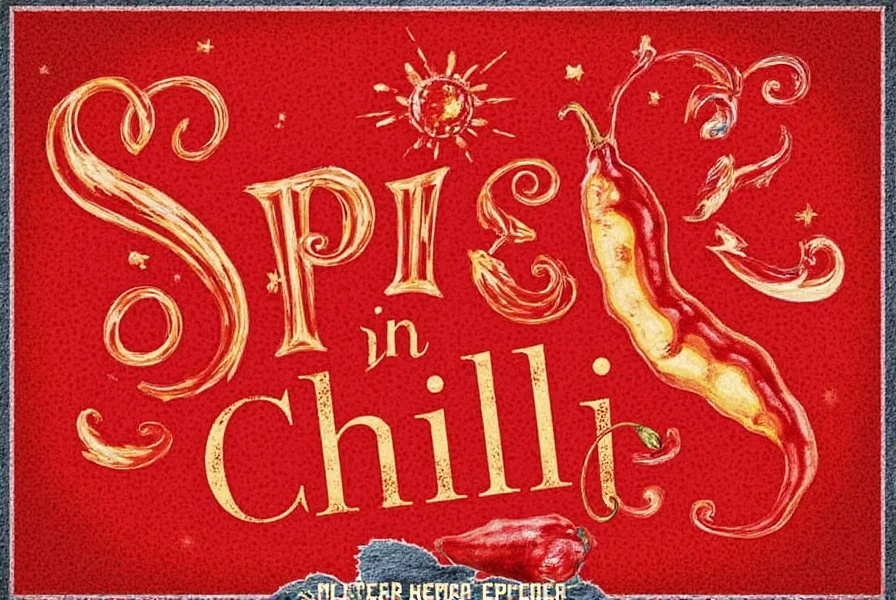
Types of Chili Peppers
There are hundreds of chili varieties worldwide, each with unique heat levels and flavor profiles. The Scoville scale provides objective measurement of chili heat intensity. Here are the most popular types with their SHU ratings:
| Chili Type | Heat Level (Scoville Units) | Flavor Profile | Best For |
|---|---|---|---|
| Jalapeño | 2,500-8,000 SHU | Earthy, slightly sweet | Quesadillas, tacos, salsas |
| Serrano | 10,000-23,000 SHU | Crunchy, sharp | Guacamole, hot sauces |
| Habanero | 100,000-350,000 SHU | Fruity, floral | Hot sauces, Caribbean dishes |
| Bird's Eye Chili | 50,000-100,000 SHU | Sharp, citrusy | Thai curries, Indian chutneys |
| Ancho | 1,000-1,500 SHU | Smoky, sweet | Mexican mole, stews |
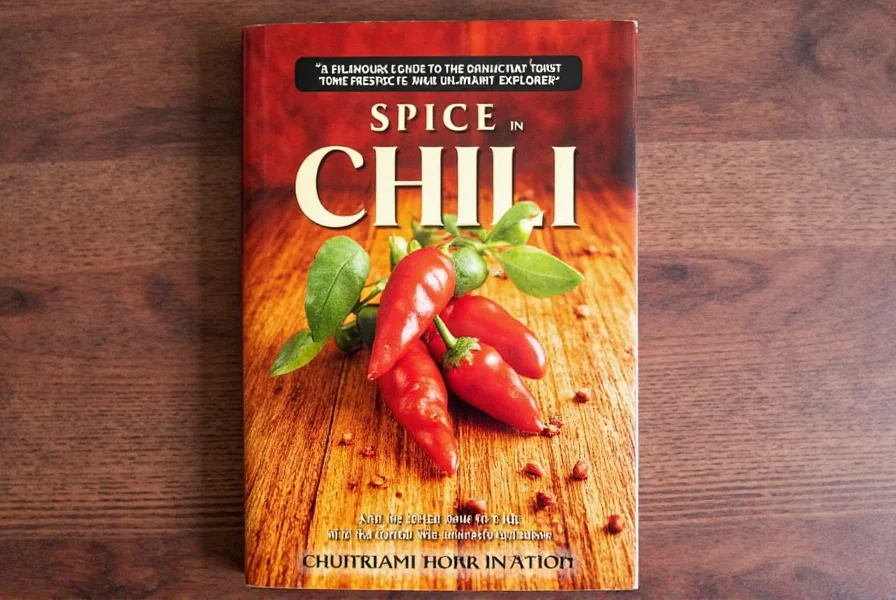
How to Use Chili Peppers
Using chili peppers effectively transforms dishes while maintaining balance. Here are science-backed tips:
- Start Small: Add 1/4 teaspoon of powdered chili first, then adjust. Heat intensifies during cooking.
- Remove Seeds and Membranes: Capsaicin concentrates here; removing reduces heat by 50-80%.
- Use Fresh vs. Dried: Fresh chilies add bright, crisp flavor (ideal for salsas), while dried provide intense smokiness (best for moles).
- Pair with Dairy: Casein in milk, yogurt, or sour cream neutralizes capsaicin by binding to receptors.
- Roast for Depth: Roasting chilies caramelizes sugars, enhancing sweetness and reducing raw heat.
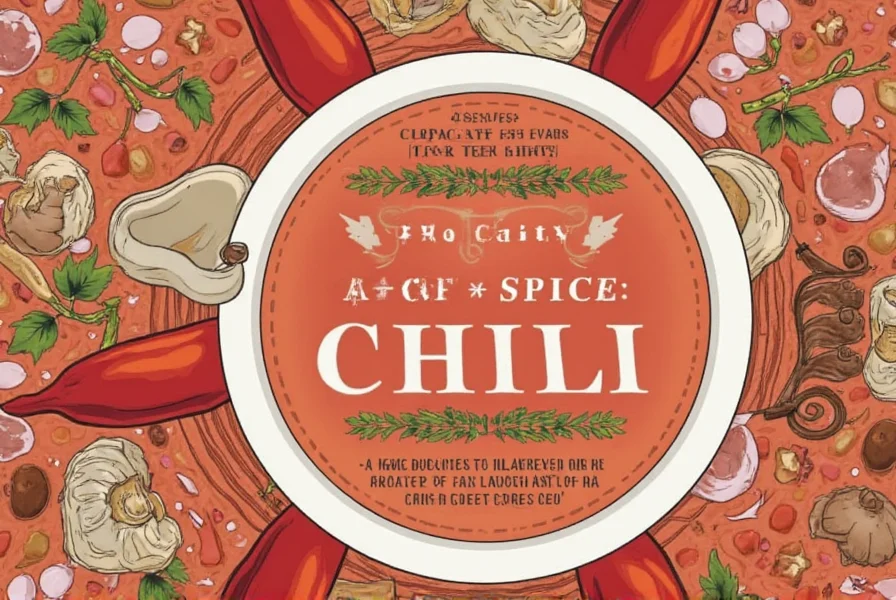
Chili Pepper Buying Guide
Selecting the right chili depends on your cooking needs. Consider these factors:
1. Fresh Chilies
Pros: Vibrant flavor, versatile use.
Cons: Short shelf life (7-10 days refrigerated), requires preparation.
Best for: Salsas, fresh garnishes, quick-cooking dishes.
2. Dried Chilies
Pros: Long shelf life (1-2 years), concentrated flavor.
Cons: Requires rehydration before use.
Best for: Moles, stews, spice blends.
3. Chili Powder
Pros: Consistent heat, ready-to-use.
Cons: Less complex flavor than whole peppers.
Best for: Rubs, quick seasoning, baking.
4. Hot Sauce
Pros: Convenient, adds moisture.
Cons: Can overpower dishes if misused.
Best for: Dipping, marinades, finishing touches.
| Product | Key Features | Advantages | Use Cases | Target Audience |
|---|---|---|---|---|
| Chili Pepper Mix | Blends of multiple varieties | Versatile for global cuisines | Seasoning, spice blends, cooking | Chefs, home cooks |
| Dried Ancho Chile | Smoky, sweet flavor profile | Perfect for authentic Mexican dishes | Mole sauces, braises, stews | Cooking enthusiasts |
| Chili Powder | Ground dried chilies with spices | Convenient for quick meals | Grilling, seasoning, baking | Busy individuals, beginners |
| Hot Sauce | Various heat levels available | Easy to add heat to any dish | Dipping, drizzling, marinating | Spice lovers, casual cooks |
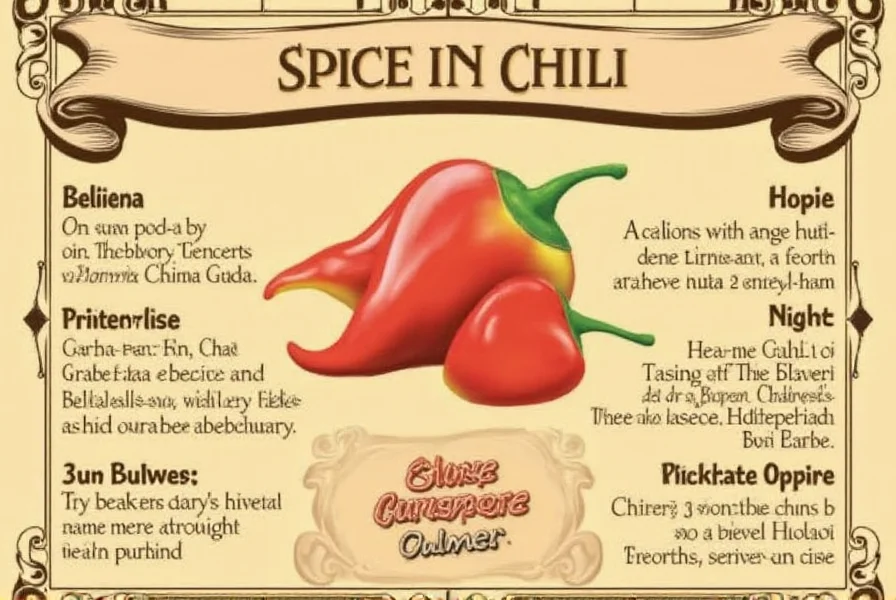
Common Mistakes When Using Chili Peppers
Even experienced cooks make these errors with chili heat:
- Overestimating Heat: Always test a small amount first. Habaneros can be 10x hotter than jalapeños.
- Not Washing Hands: Capsaicin transfers easily; use gloves or wash with soap and oil before touching eyes.
- Using Wrong Preparation: Roasting jalapeños enhances sweetness, while raw serranos add sharpness.
- Ignoring Flavor Balance: Pair with acid (vinegar, lime) or fat (avocado, cheese) to counterbalance heat.
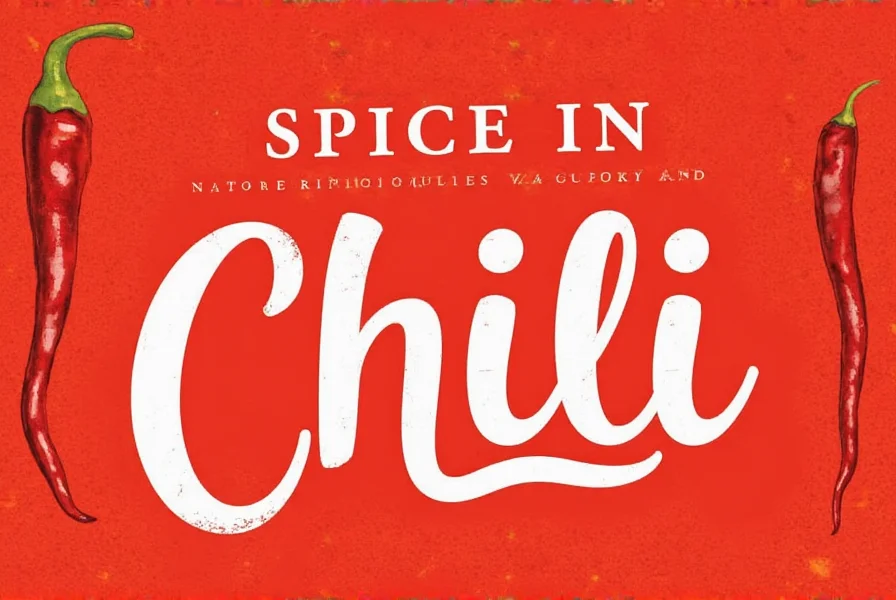
Frequently Asked Questions About Chili Peppers
What makes chili peppers spicy?
The spiciness comes from capsaicin, a natural compound concentrated in seeds and white membranes. It activates TRPV1 receptors in your mouth, creating a burning sensation without actual tissue damage.
How can I reduce the heat of chili peppers?
Remove seeds and membranes (contains 80% of capsaicin), pair with dairy (casein neutralizes capsaicin), or add acidic ingredients like lime juice. For severe cases, use milk or yogurt immediately.
What's the difference between chili powder and chili spice?
Chili powder is ground dried chilies only, while "chili spice" typically refers to blends containing chili powder plus cumin, garlic powder, and other spices. Pure chili powder provides pure heat, while blends offer complex flavor profiles.
How should I store chili peppers?
Fresh chilies: Refrigerate in airtight container for 7-10 days. Dried chilies: Store in dark, cool place for 1-2 years. For long-term storage, freeze fresh chilies or dry them completely.
Why do I feel burning when eating spicy food?
Capsaicin binds to TRPV1 receptors in your mouth, which normally detect heat. Your brain interprets this as actual burning, but it's a neurological response without physical damage.
What should I do if chili burns my hands?
Always wear gloves when handling hot chilies. If exposed, wash with soap and water, then apply oil to dissolve capsaicin before rinsing. Baking soda paste can also help neutralize the burn.
How can I tell how hot a chili pepper will be?
Check the Scoville Heat Units (SHU): bell peppers (0 SHU), jalapeños (2,500-8,000 SHU), habaneros (100,000-350,000 SHU). Smaller, wrinkled peppers tend to be hotter. Always start with small amounts when using unfamiliar varieties.
What's the best way to measure chili heat in recipes?
Start with 1/4 teaspoon of powdered chili or one small fresh pepper. Taste after cooking 2-3 minutes, as heat intensifies. For hot sauces, add drop by drop. Remember: You can always add more heat, but you can't remove it.
Conclusion
Understanding capsaicin and Scoville scale ratings empowers you to master chili heat. From mild ancho peppers to fiery habaneros, each variety brings unique flavors to your dishes. By avoiding common mistakes and using proper techniques, you'll create perfectly balanced meals that enhance rather than overwhelm. Experiment confidently with chili peppers to elevate your cooking to new heights.

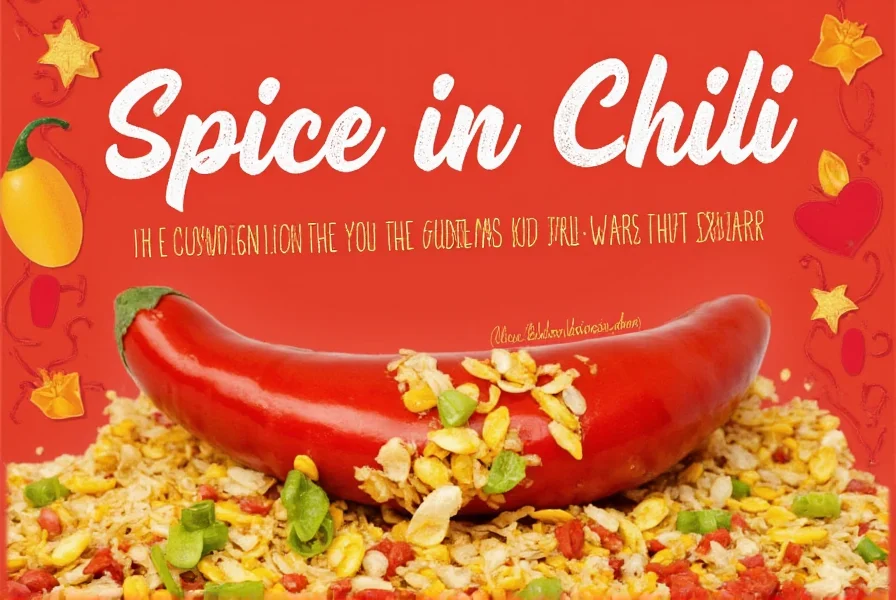









 浙公网安备
33010002000092号
浙公网安备
33010002000092号 浙B2-20120091-4
浙B2-20120091-4